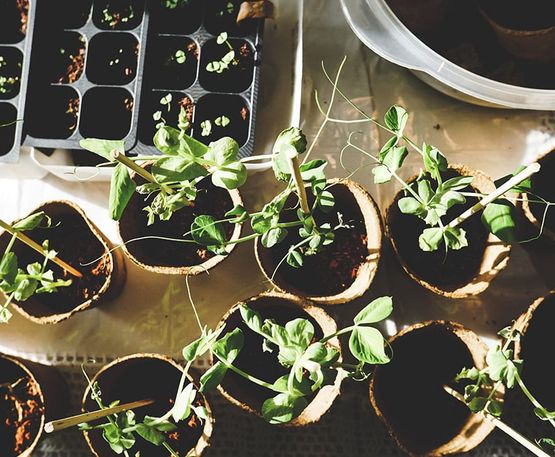
Your Spring Garden Checklist:
A How-To Guide for the Spring Gardener
Gardening is a much-loved hobby for those who partake in it. With warmer weather headed our way, it’s time to get your garden back to its former glory. If you’re new to gardening, or you are just looking for some new tips, here is your ultimate spring garden checklist!
Plan for Spring Garden Greatness
Having a game plan before you tackle any big project is always a great idea. Consulting the Old Farmer’s Almanac and checking the weather can be the first part of the plan, to see when the best time to get started might be.
Secondly, planning out what kind of plants you want, and how you want them to be organized is useful to map out. here are some things to consider.
- What plants need to be planted when? which ones will survive the cool nights of spring?
- Some of your plants will be better kept inside until summer. It's best to find out what types of climates suit your plans before moving forward with your plans.
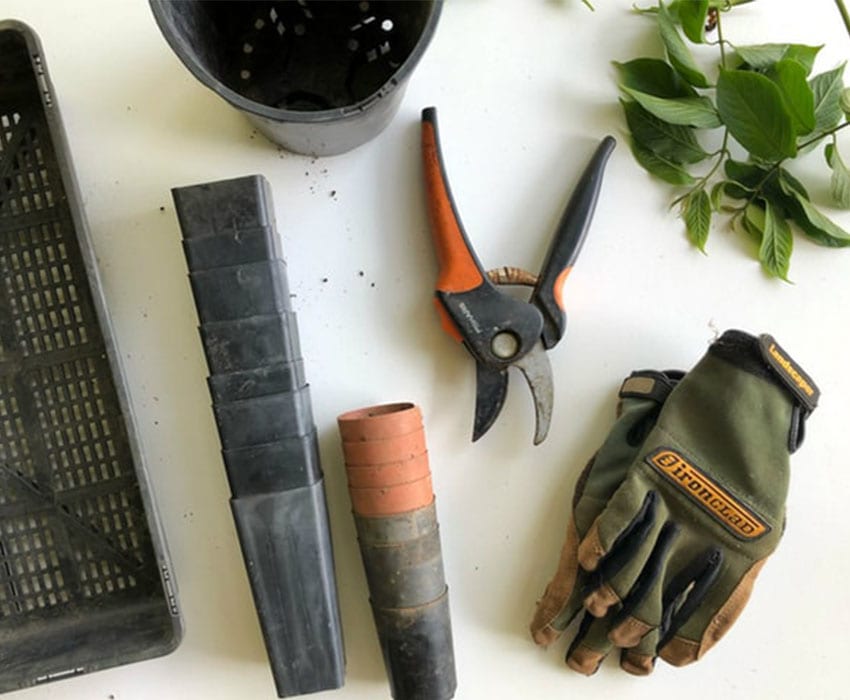
Gather Your Tools and Supplies
Once you have your list of what you want to plant, it’s time to get organized and go shopping. If you’re a newbie, you will want to invest in some tools that will make your life a lot easier and spring cleaning a little more enjoyable. Here are some essential tools to consider adding to your shed:
- Heavy-duty hand pruners
- Loppers (for those big branches)
- A hand rake
If you already have a set of tools, inspect them for rust and cracks. Use the following tips to maintain your gear.
- If they’re rusty, use a wire brush to clean them, sharpen the blades, and apply grease or oil to keep tools with moving parts working their best.
- Treating any wood handles or features with linseed oil will nourish them and protect them for the upcoming season.
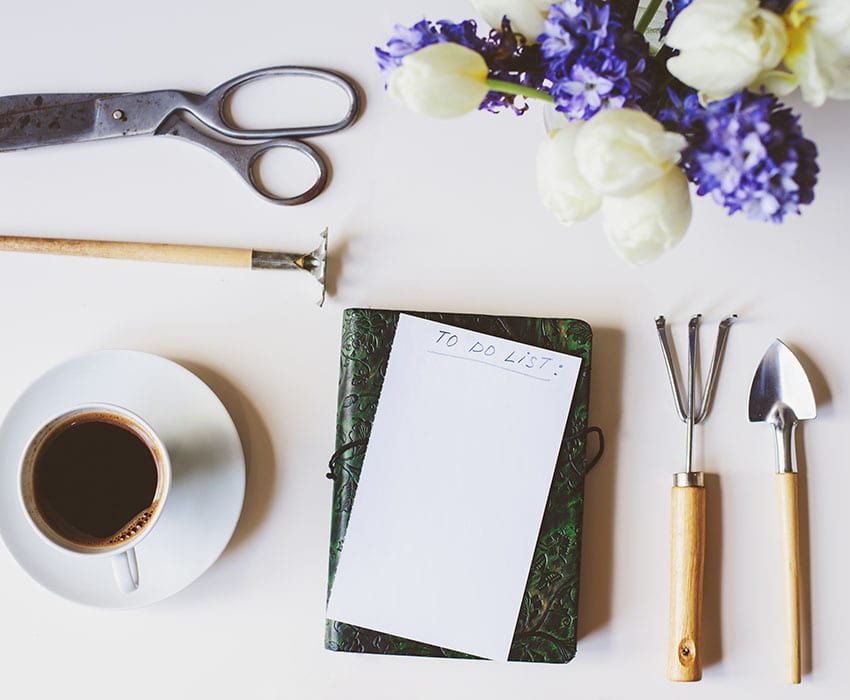
Map Out Your Plans
If you’re making significant changes to your yard, you will want to sketch out and plan your intentions. Think of things like If you’re starting a brand new garden, you will want to know exactly where it’s going and how big it will be.
- Consider where the sunlight hits where in your garden space. There are individual plants that don’t do well in constant direct sunlight, so you will need to plan around this as well.
- Consider how you use your space! If you like eating outside, make sure you've mapped out an area for your patio furniture.
- A garden can be as much work as you make it. Certain plants are higher maintenance than others, and their maintenance is something you should consider before mapping out what goes where.
If you’re not 100% sure, or you’re new to Do-it-yourself projects, it would be beneficial to consult a professional on their opinion. Even if you plan on doing all the work yourself, a professional can give you insight into your plans.
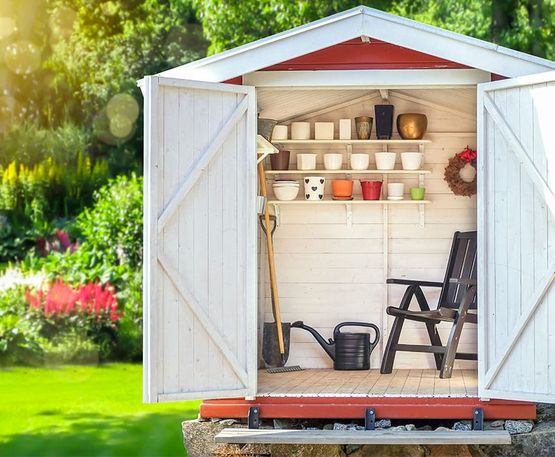
Spruce Up Your Yard With A Thorough Clean-Up
Winter can wreak havoc on our yards, so when you get started on cleaning up in the spring, a general clean-up will probably be the most time-consuming part.
- You don’t want to start immediately after the snow melts, as the ground is not completely thawed and ready for cleaning. Give it some time and be patient until it’s been consistently warm, and the ground is dry.
- Raking up the dead leaves, cleaning up debris, loose branches and damaged shrubs will immediately change the look of your garden
- When you take your time and do a thorough job cleaning your yard during the spring, it will make your summertime maintenance easier.
- Keep up with it! Just like taking care of your lawn, mowing it once won't cut it for the season. Make sure you're ready to maintain your garden.
Prune Your Trees
Pruning your trees can be something you take care of yourself if you plan to do some research, or you can hire a professional.
- Some trees are better pruned after they bloom, so depending on the trees you have in your yard, you may need to hold off until that period.
- Pruning broken branches and damaged parts of the tree are necessary, however, if you’re looking to continue, a professional opinion might be your best bet.

Revamp Your Patio Furniture
A task that most people forget is taking care of the outdoor furniture. When it looks fresh and clean, it can change the whole atmosphere of your backyard oasis.
- If you have cushions on your outdoor chairs, pop them in the wash if the instructions allow.
- Wipe down all surfaces, making them look good as new.
- Sweep and power wash your deck and walkways.
- Add accents to your yard with candles and tea lights to enhance the space.
Pull Out the Weeds
Spring is the ideal time to take care of any weeds in your garden because they haven’t become established yet. They are easy to identify before your desired plants are in the ground. Spring also means that the ground will be wet, so they are easier to deal with.
- Once you have all your weeds pulled, you will need to cover all the affected soil with mulch to prevent new weeds from coming in.
- If you are covering a larger space, you may want to consider a mulching company to come help out.
Edge Your Garden Beds
The details of your garden can fall by the wayside during the hustle and bustle of summertime, so taking care of them in the spring is ideal. The grass will definitely creep up into your garden beds, so clean them up and make them look the very best.
- Once the general clean-up has been done around your yard, the weeds are pulled, and your garden is almost prepped, the grass will be easy to spot and deal with.
- Garden beds can be used to create walkways and add depth to the scenery. Consider this when you're designing your layout!
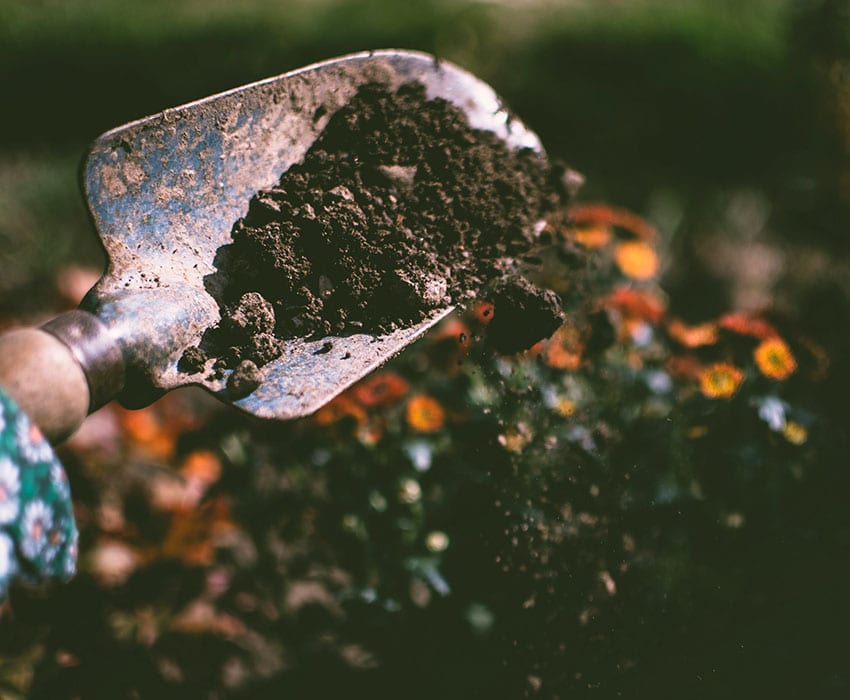
Prep the Soil
One of the first steps to prepping your soil is by testing the amount of moisture in it, and see if it’s ready for tilling. Tilling is the process of cultivating the soil and aerating it by turning it up and mixing it to create fertile soil. If you squeeze some of the soil in your hands, and it crumbles, you’re ready to till it. If it sticks together and is wet, you will need to wait a little longer.
- Once you’ve tilled it, it’s recommended that you wait a few weeks before planting so the microorganisms to reestablish in the soil.
- The best time to fertilize your soil is when it hits a temperature of 55 degrees Fahrenheit. Depending on where you live, this can be around mid-April, or when the grass starts growing and the lilacs start blooming.
- Based on what your garden will be composed of, you will need to find a fertilizer that works for your plants. There are plenty of great options on the market, so do some research and find out which is best for your situation.
Start Planting!
After completing these helpful tips, you’ll officially be ready to start planting your dream garden! Now you can enjoy your hard work and watch your garden grow.
